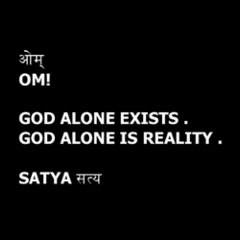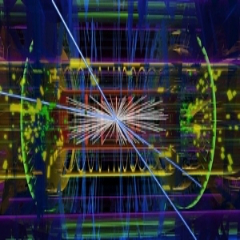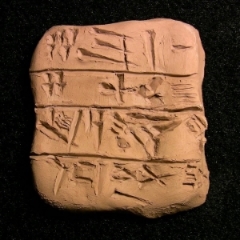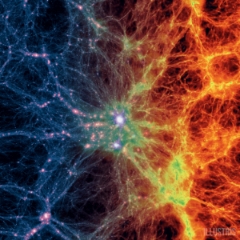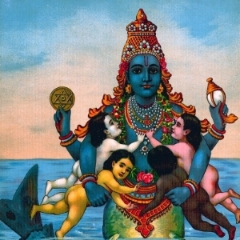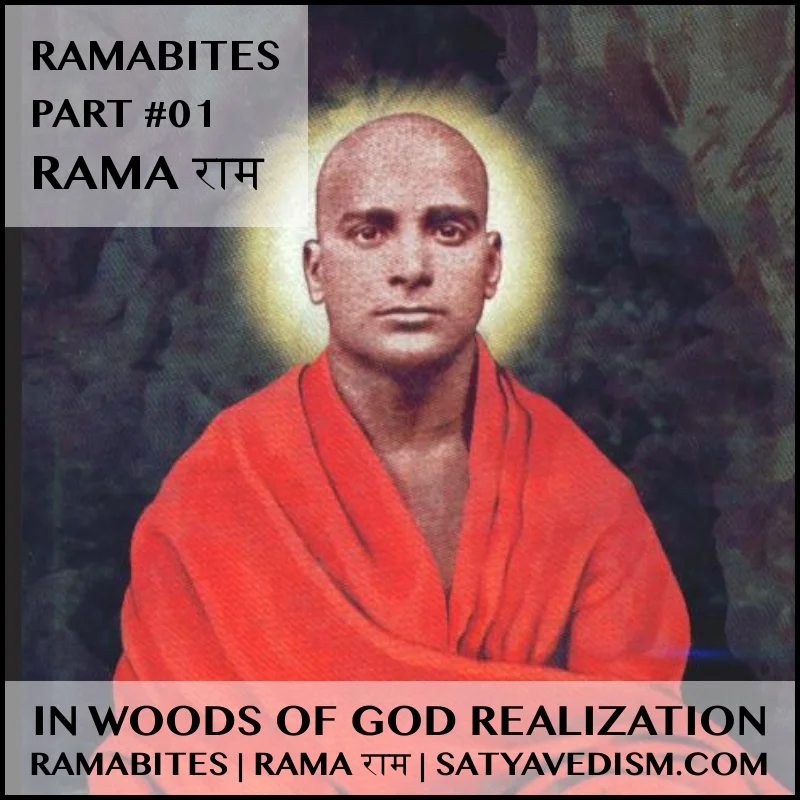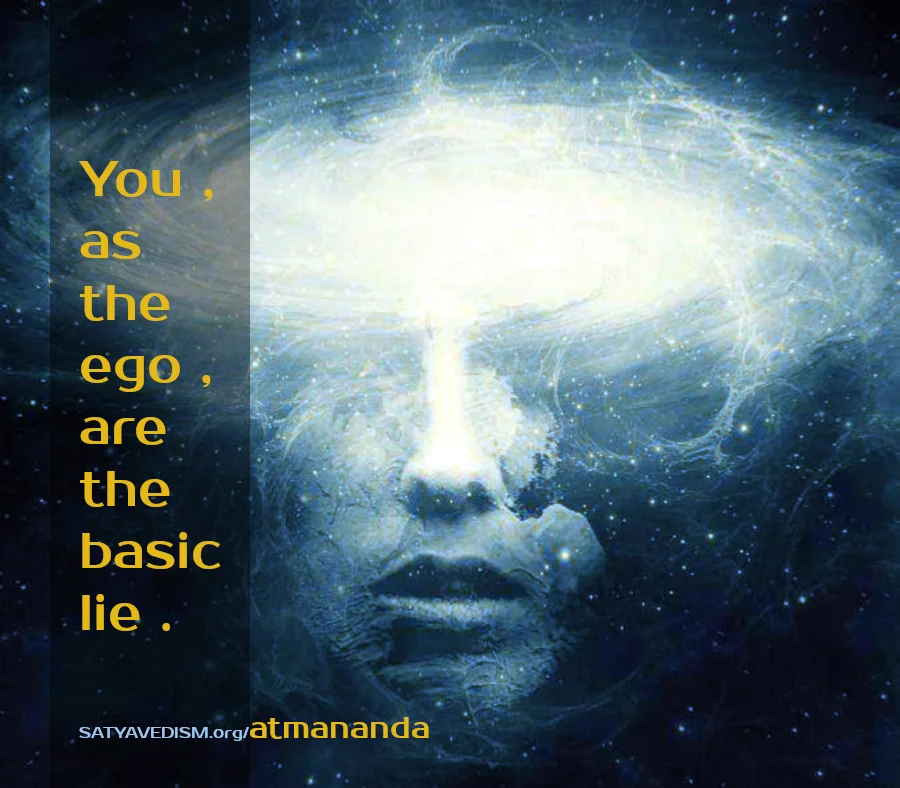YVM | SELECT | V1 | B2 | CH XVII + XVIII
| | homeYOGA VASISHTHA | MITRA | VOL 1 | BOOK II | CHAP XVII
|| VERSE 10 | ON THE CONTENTS OF THE WORK ||
IT CONTAINS SIX BOOKS all fraught with sentences full of reason , and each distinct from the other in its import . It has many verses containing chosen examples on all subjects .
YOGA VASISHTHA | MITRA | VOL 1 | BOOK II | CHAP XVII
|| VERSE 11-12 | ON THE CONTENTS OF THE WORK ||
THE FIRST BOOK ( BOOK I ) treats of INDIFFERENCE , and causes the growth of APATHY ( in the mind ) like that of a tree in the desert soil .
It contains one thousand and five hundred stanzas , which being well considered in the mind , must impart a purity to it like the lustre of a gem after its polish .
YOGA VASISHTHA | MITRA | VOL 1 | BOOK II | CHAP XVII
|| VERSE 13-14 | ON THE CONTENTS OF THE WORK ||
THE NEXT BOOK ( BOOK II ) dwells on the conduct of one LONGING AFTER LIBERATION , and contains a thousand slokas arranged in judicious order .
It describes the nature of persons desiring their liberation .
YOGA VASISHTHA | MITRA | VOL 1 | BOOK II | CHAP XVII
|| VERSE 14-15 | ON THE CONTENTS OF THE WORK ||
THEN FOLLOWS THE BOOK ON THE CREATION OF THE WORLD ( BOOK III ) , and filled with narratives and examples ( of various kinds ) .
It has seven thousand stanzas teaching sound philosophy about the spectator and spectacle of the world in the forms of — " I " and " you " , designated the ego and non-ego .
YOGA VASISHTHA | MITRA | VOL 1 | BOOK II | CHAP XVII
|| VERSE 28-30 | ON THE CONTENTS OF THE WORK ||
NEXT FOLLOWS THE BOOK ON EXISTENCE ( BOOK IV ) .
It contains three thousand stanzas full of explanations and narratives , showing the existence of the world to be a form ( or development ) of the essence of the Ego ( in a subjective light ) .
It treats of the manner in which the spectator ( Ego ) is manifest as the spectacle ( non-ego ) , and how the ten-sided sphere of the arbour of the world is manifest both as the subjective and objective ( at the same time ) .
YOGA VASISHTHA | MITRA | VOL 1 | BOOK II | CHAP XVII
|| VERSE 31-33 | ON THE CONTENTS OF THE WORK ||
NEXT FOLLOWS THE BOOK ON QUIETUDE ( BOOK V ) consisting of five thousand stanzas .
THE FIFTH IS STYLED THE BOOK ON HOLINESS ( BOOK V ) , containing a series of excellent lectures , and shewing the erroneous conception of the world , as " I " , " thou " and " one " ( as distinct existences ) .
It is the suppression of this error , which forms the subject of this book ; and the hearing of the chapter on QUIETUDE , serves to put an end
YOGA VASISHTHA | MITRA | VOL 1 | BOOK II | CHAP XVII
|| VERSE 40-41 | ON THE CONTENTS OF THE WORK ||
THEN FOLLOWS THE SIXTH BOOK ENTITLED ANNIHILATION ( BOOK VI ) , which is as clear as the waters of a river after subsidence of its billows within itself .
It contains the remaining number of slokas , ( ie 14500 Stanzas of the aggregate number of 32000 Slokas composing the entire work ) , a knowledge of these is pregnant with great meanings , and the understanding of them leads to the chief good of utter extinction and pacification of desires .
YOGA VASISHTHA | MITRA | VOL 1 | BOOK II | CHAP XVIII
|| VERSE 50-52 | < : REASONS FOR SIMILE & ILLUSTRATION : > ||
That thing which serves to explain the unapparent meaning ( of a passage ) , by its illustration by some thing that is well known , and which may be useful to help the understanding ( of the passage ) is called a Simile or Example .
It is difficult to understand the meaning given before without an instance , just as it is useless to have a lampstick at home without setting a lamp on it at night .
Whatever similes and examples are used to make you understand ( the precepts ) , are all derived from some cause or other , but they lead to knowledge of the uncaused Brahman .
YOGA VASISHTHA | MITRA | VOL 1 | BOOK II | CHAP XVIII
|| VERSE 53-54 | < : REASONS FOR SIMILE & ILLUSTRATION : > ||
Wherever the comparisons and compared objects are used as expressive of the cause and effect , they apply to all cases except Brahman ( who is without a cause ) .
The examples that are given to explain the nature of Brahman , are to be taken in their partial ( and not general ) sense .
YOGA VASISHTHA | MITRA | VOL 1 | BOOK II | CHAP XVIII
|| VERSE 55-56 | < : REASONS FOR SIMILE & ILLUSTRATION : > ||
Whatever examples are given here as explanatory of divine nature , they are to be understood as appertaining to a world seen in a dream .
In such cases , no corporeal instance can apply to the incorporeal Brahman , nor optional and ambiguous expressions give a definite idea of Brahman .
YOGA VASISHTHA | MITRA | VOL 1 | BOOK II | CHAP XVIII
|| VERSE 57-59 | < : REASONS FOR SIMILE & ILLUSTRATION : > ||
Those who find fault with instances of an imperfect or contradictory nature , cannot blame our comparison of the appearance of the world to a vision in dream .
A prior and posterior non-entity is considered as existent at the present moment ( as is the visible world which was not , nor will be afterwards ) . So the waking and dreaming states are known to be alike from childhood .
The simile of the existence of the world with the dreaming state is exact in all instances , as our desires , thoughts , our pleasures and displeasures , and all other acts are alike in both states .
YOGA VASISHTHA | MITRA | VOL 1 | BOOK II | CHAP XVIII
|| VERSE 60-62 | < : REASONS FOR SIMILE & ILLUSTRATION : > ||
This work and others which have been composed on the means of salvation , have all pursued the same plan in their explanation of the knowable .
The resemblance of the world to a dream is found also in the Srutis or Vedanta . It is not to be explained in a word , but requires a continued course of lectures ( on the subject ) .
The comparison of the world to an imagery in the dream or an imaginary Utopia of the mind , is also adduced in examples of this kind in preference to others .
YOGA VASISHTHA | MITRA | VOL 1 | BOOK II | CHAP XVIII
|| VERSE 63-64 | < : REASONS FOR SIMILE & ILLUSTRATION : > ||
Whenever a causality is shown by a simile of something which is no cause , there the simile is applied in some particular and not all its general attributes .
The partial similitude of this comparison with some property of the compared object , is unhesitatingly acknowledged by the learned in all their illustrations .
YOGA VASISHTHA | MITRA | VOL 1 | BOOK II | CHAP XVIII
|| VERSE 65-66 | < : REASONS FOR SIMILE & ILLUSTRATION : > ||
The light of the sense ( of something ) is compared with a lamp in its brightness only , in disregard of its stand or stick , the oil or the wick .
The compared object is to be understood in its capacity of admitting a partial comparison ( of the properties ) ; as in the instance of sense and light , the simile consists in the brightness of both .
YOGA VASISHTHA | MITRA | VOL 1 | BOOK II | CHAP XVIII
|| VERSE 67 | < : REASONS FOR SIMILE & ILLUSTRATION : > ||
When the knowledge of the knowable thing is derived from some particular property of the comparison , it is granted as a suitable simile , in understanding the sense of some great saying ( passage in the scriptures ) .
SOURCE | SATYAVEDISM.ORG











